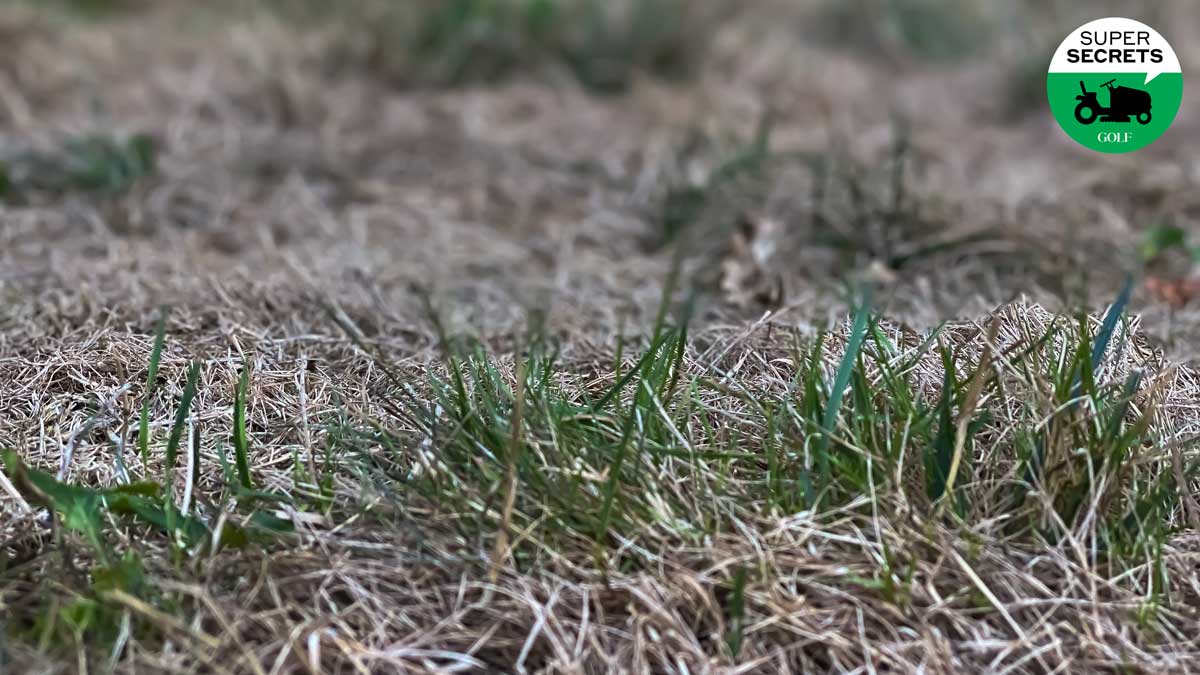“Everything dies, baby, that’s a fact,” according to Bruce Springsteen, who might have also noted that sometimes things just look dead and can be brought back.
Take turf, for instance.
As drought ravages large swaths of the country, browned-out patches proliferate on front lawns and fairways, but not all are beyond the point of no return.
Cody Elwood is the director of grounds and maintenance at Jimmie Austin Golf Club at the University of Oklahoma, and a 25-year-member of the Golf Course Superintendents Association of America.
We asked him how to tell if grass can still be saved, and what we can do to revive its prospects. He gave us four tips:
1. Check for a pulse
First things first. You’ll want to know if the grass still stands a chance.
“It all depends on turf type and location,” Elwood says.
Homeowners with cool-season grasses will have a harder time reviving dormant turf than those tending to warm-season grasses. Either way, a simple test, Elwood says, is to see if any green tissue remains in the stems and shoots.
“If there is no green tissue, or healthy, white roots, it may be too late,” Elwood says.
But if there are any signs of life, there is still hope.
2. Water heavily
As in, two to three times a week in the early morning, when evaporation is at its lowest. Rehydrating the root system might take time, so don’t count on seeing overnight results.
The timeframe for recovery depends on the severity of the damage. If weather conditions remain hot and dry, Elwood recommends cooling any green grass in the middle of the day with a few minutes of irrigation, as that will help relieve stress on the turf.
3. Use a wetting agent
As the name suggests, wetting agents help draw in water and retain moisture in the soil, where the turf can slurp it up into its root system. These products are easy to apply and readily available at home and garden stores.
4. Go easy on the grass
Just as you shouldn’t kick a person when they’re down, you shouldn’t punish grass when it’s struggling. Keep the kids off it. Don’t walk on it yourself.
And hold off on the mowing, especially during the heat of the day. Wait until the temperatures cool off and the turf rebounds before you resume grooming. And even then, consider shifting to a higher cut until the grass has fully recovered.
